The 209th Olympic Council of Malaysia (OCM) Executive Council Meeting got underway like many, with a roll call. The National Olympic Committee representing Malaysia has 58 National Sporting Associations or NSAs and is affiliated with five international sports organisations. Many were dressed in their best baju Raya as the OCM Raya open house was to follow. OCM president, Tan Sri Datuk Sri (Dr.) Mohamad Norza Zakaria, who commands the respect of the floor looked the part and played it well.
The meeting covered the usual agenda items, including updates on several high-profile decisions, namely the decision not to take on the hosting of the Commonwealth Games after the Victorian Government in Australia pulled out of their commitment to host the games originally planned for 2026. This, together with updates on the preparation for the Malaysian Games, or SUKMA as it is known in Malaysia, and Malaysia’s intention to host the South East Asian (SEA) Games in 2027.
Taking the opportunity, Norza called for a vote on the resolution that the OCM and the NSAs would support the hosting of SEA Games 2027 to take place in Malaysia and that Malaysia should host these games. The resolution was passed unanimously.
What is the glue that holds these three items together?
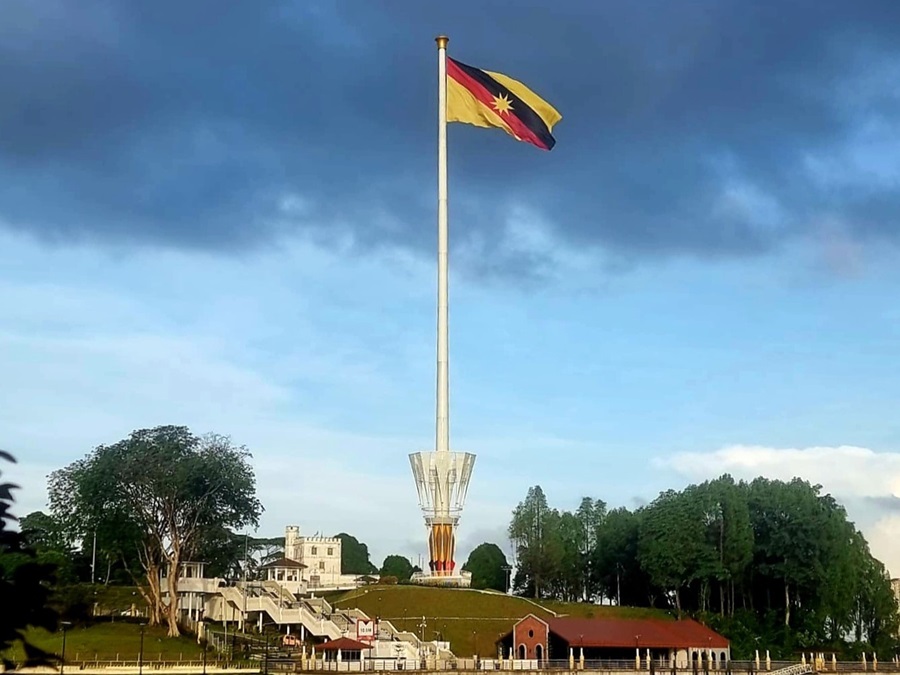
For those unaware, SUKMA 2024 is just a few months away and will be hosted in Sarawak. The Sarawak Government has taken an inclusive approach and made sure that events are hosted in all nine districts in the state. This makes the games meaningful, not just for the athletes but for the various communities that will benefit from improved sporting assets and massive amounts of tourist arrivals.
At the same time, branding of the state is expected to go into overdrive with athletes and visitors posting pictures and sporting results non-stop for the better part of August.
For over a decade, the Sarawak Government has sought to put the Land of the Hornbills on the international meetings, incentives, conferences, and exhibitions (MICE) map. Becoming a destination of choice for international sporting events is an obvious and natural progression, coupled with the fact that recent years have seen many successful sporting events hosted in Sarawak.
Sports tourism is a critical next step to Sarawak’s MICE tourism strategy. What better way to announce your arrival on the scene than a high-profile multi-sport event?
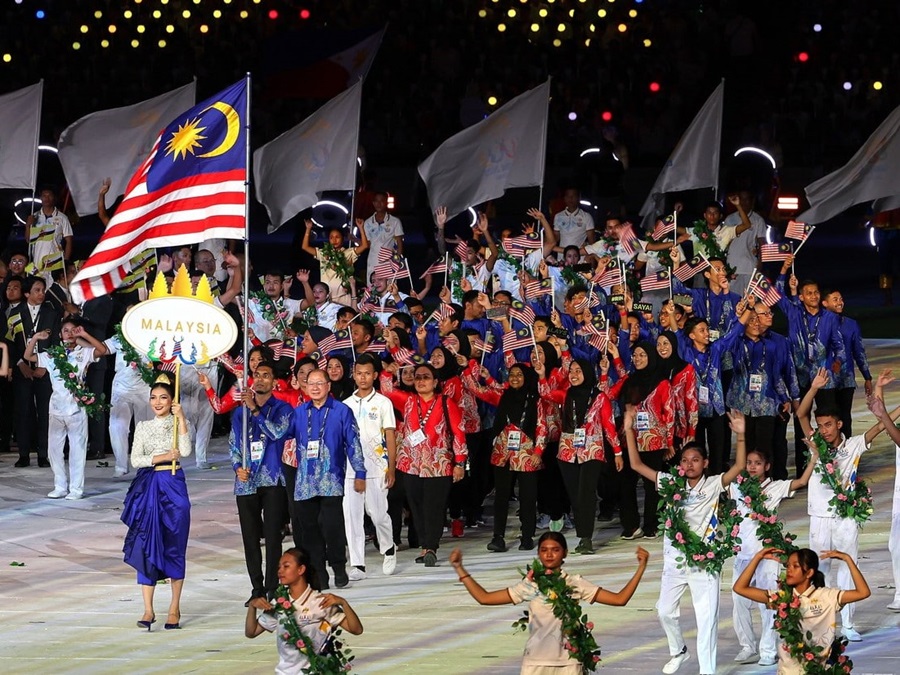
Leadership takes vision; effective leadership is having the resources and skills required to deliver that vision. Sarawak has put its hand up and said that it has all the requisite requirements to take leadership by offering to host or co-host the 34th SEA Games, scheduled to be held in Malaysia in 2027.
Sarawak state’s youth, sports and entrepreneur development minister Datuk Seri Haji Abdul Karim Rahman Hamzah was reported in the New Straits Times as saying, “If we can host this forthcoming, largest ever Sukma successfully, then I see no reason why we should not make a bid for the SEA Games”.
To the victor will go the spoils.
As the geographic centre of ASEAN shifts further north with the capital of Indonesia moving from Jakarta to Nusantara, the island of Borneo will become imminently more important. When it comes to understanding the Borneo scenario, vis-à-vis Indonesia, Malaysia will need to learn more from Sarawak as they share the longest land border with South East Asia’s most popular nation.
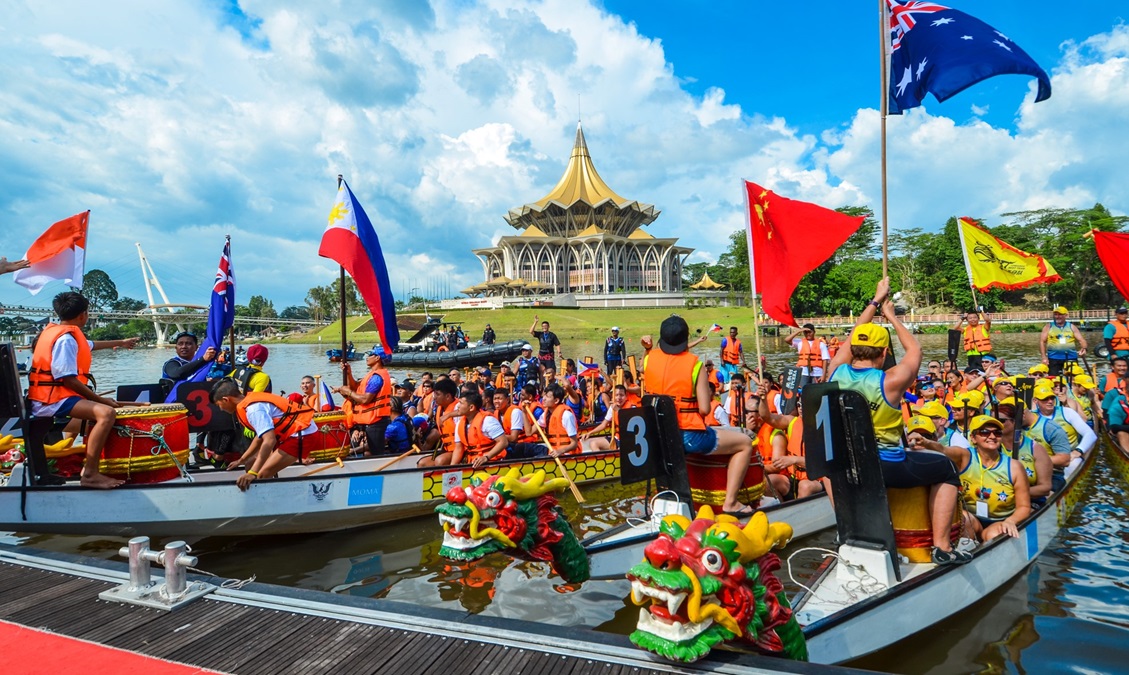
Nusantara is scheduled to be inaugurated on 17 August 2024, coinciding with the Independence Day of Indonesia, which is coincidentally the first day of SUKMA 2024. There are more than sports at stake when Sarawak steps up its game to host what is scheduled to be the largest SUKMA in the history of the country and potentially the SEA Games. It is a projection that Sarawak is a leader and a partner for progress, and Malaysia will of course collectively benefit from this dynamic.
So, Sarawak hosting the SEA Games 2027 is more than a sporting event; it is a business opportunity, it is community development and sports diplomacy at its best. SEA Games and SUKMA seen together from an investment perspective start to make sense.
Sarawak is scheduled to invest nearly RM300 million in SUKMA, with athletes from across the nation competing in 488 events in 37 different sports, followed by Para SUKMA a month after featuring 10 sports. What makes the investment into huge sports assets worthwhile and sustainable in the long term is the continued utilisation and maintenance of those assets.
The rest of Malaysia will have to get used to the idea of Sarawak playing a more strategic role in the years to come. There is a need to project confidence, leadership, and competence.
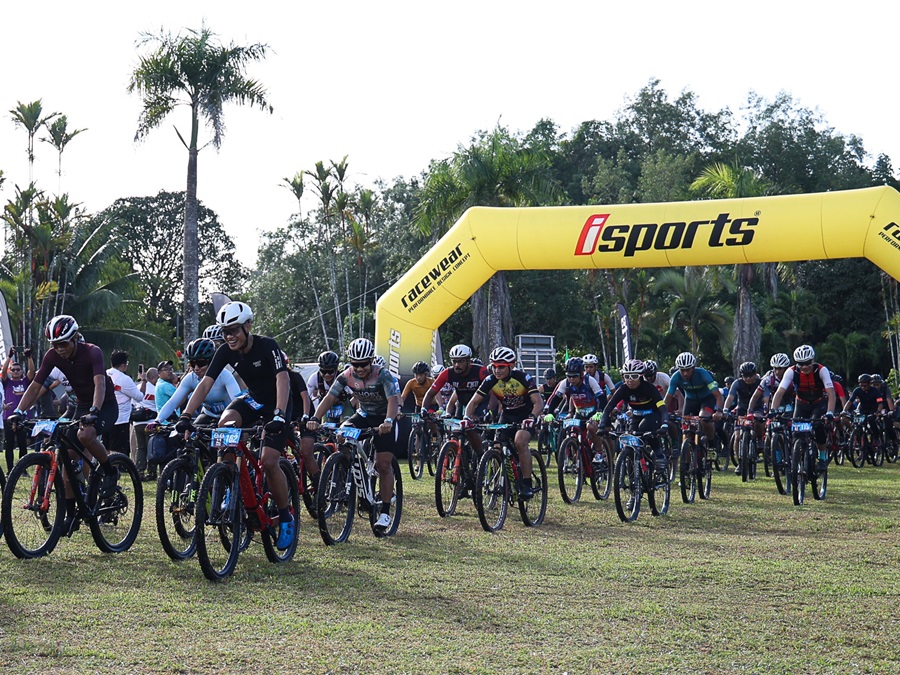
Athletes are preparing now, the business sector needs to prepare now, and the government should embrace this opportunity as it leverages existing assets and pumps money directly into the hands of small- and medium-sized enterprises (SMEs) and NSAs. Collective bargaining power, consolidated efforts and leadership with the confidence to implement a vision of what is possible are required.
Moving forward, the only suggestion is to develop the power of collective bargaining for the sports industry. Sports tourism data particularly needs to be consolidated.
Imagine, the current collective impact of all national sports associations is pumped into the economy, but it is not fully understood in the context of policy development and economic planning at the federal and state levels. This needs to be known to the corporate sector which will hopefully benefit from increased activities. This is how to build high-income jobs for a sustainable future.
This “data for success” addressing the funding paradox, should have data of every international event at all levels, youth and senior, collected and presented to the government on an annual basis. We are no longer talking about funding for sports development. We are looking to empower the sports industry and the benefit of billions in tourism dollars.
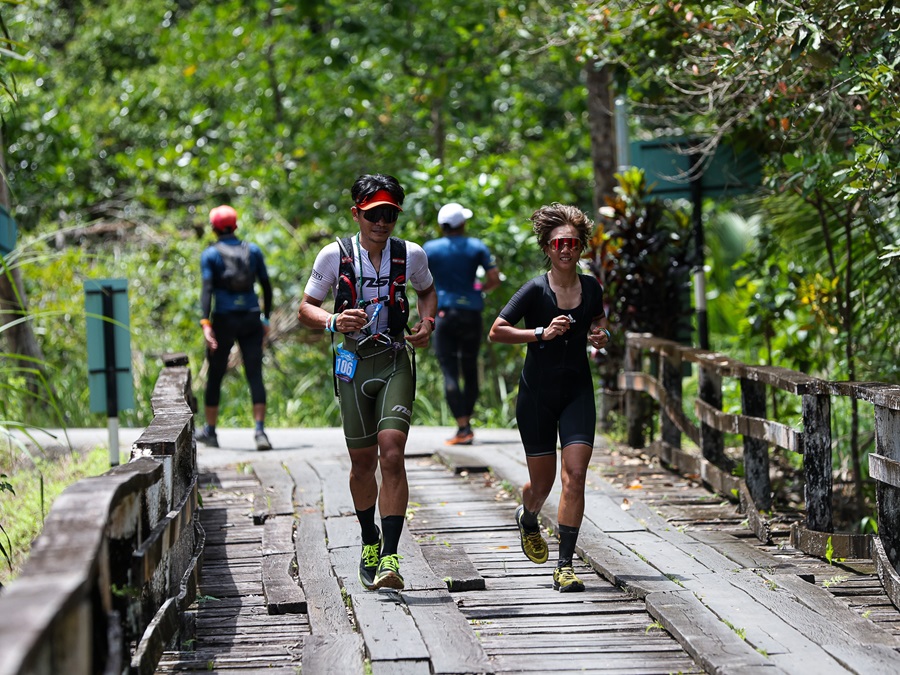
Flights, hotel rooms, transport operators, and restaurants will be full, and the world will come to Malaysia. Our athletes will also enjoy a home-field advantage – a strategy discussion for another day.
This consolidated data will be a critical success factor for Malaysia’s sports tourism sector, Sarawak included. Athletes need world-class facilities, and for these facilities to be sustainable they need to generate income. This data will allow for effective planning.
There is a need to raise the level of awareness of what is on the line, both on the field and for the broader economy. Done correctly, our medal tallies, be it in the SEA Games or the Olympics, will magically improve because we have the domestic ecosystem that produces athletes.
Success on the sporting field remains a function of a county’s economic capacity to support athletes. Sports tourism data is one key piece of that puzzle.
*This article was written by Nordin Abdullah, who is currently serving as an executive committee (EXCO) member of the Malaysian Cricket Association – an organisation he has served for over a decade including three terms as Vice President. He also coaches rugby and basketball and is currently ranked equal 17th in Malaysia in Épée fencing. ![]()
